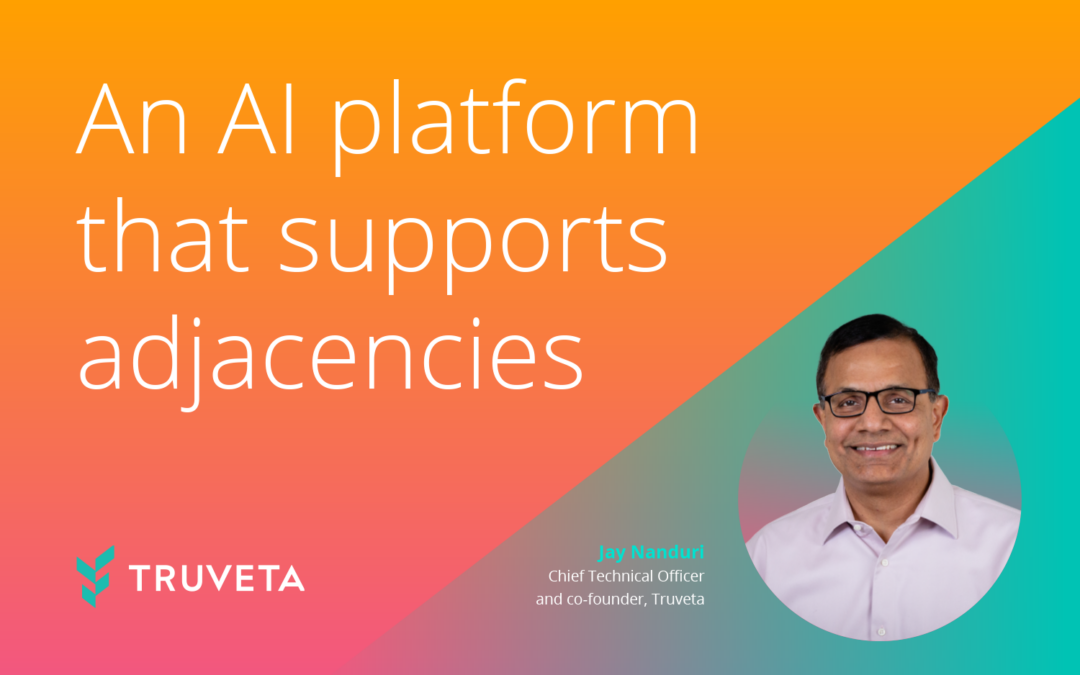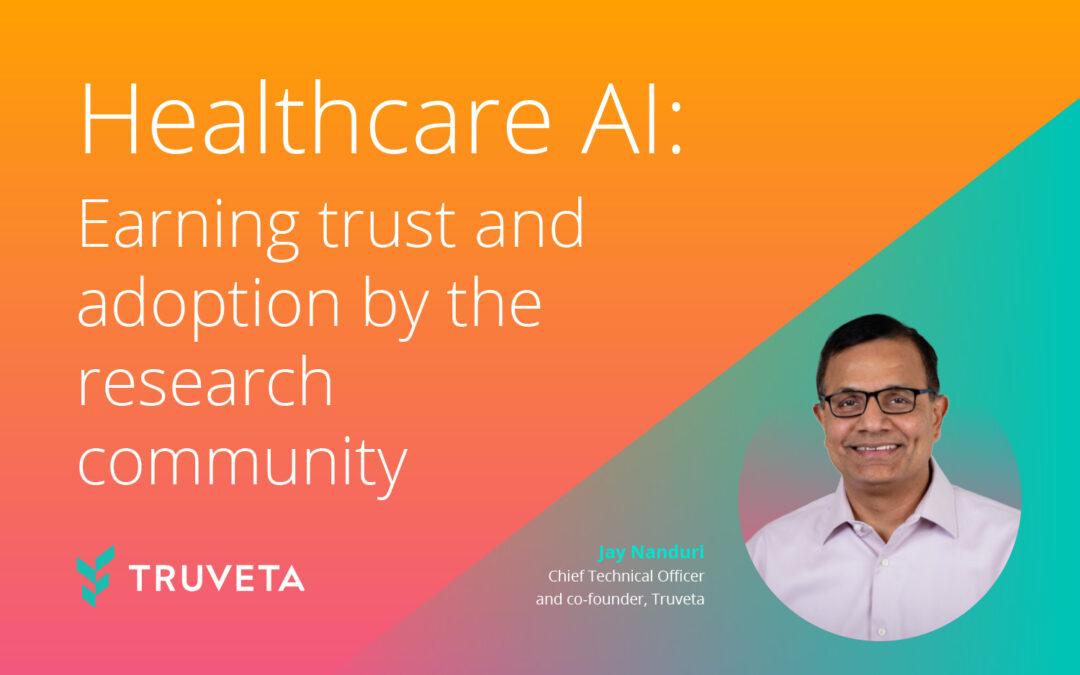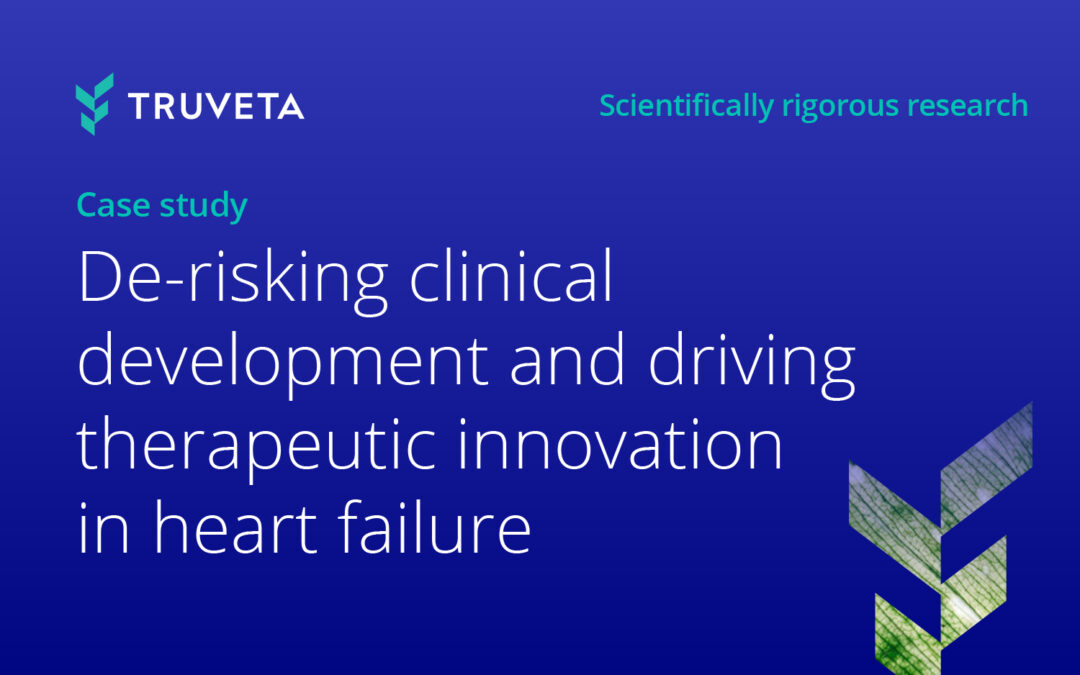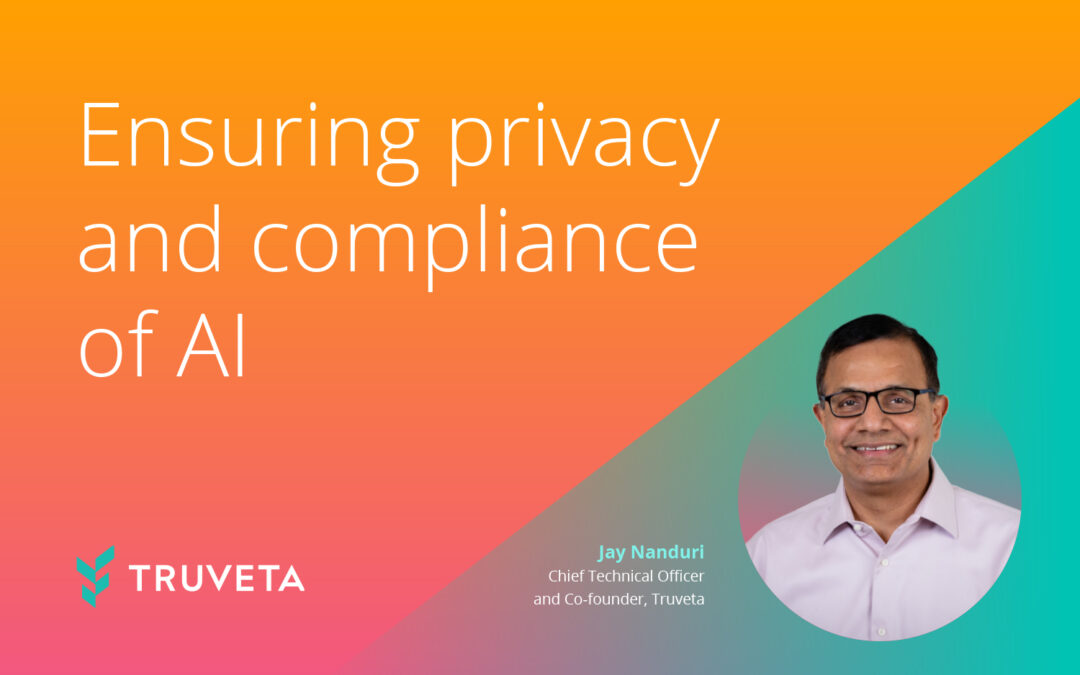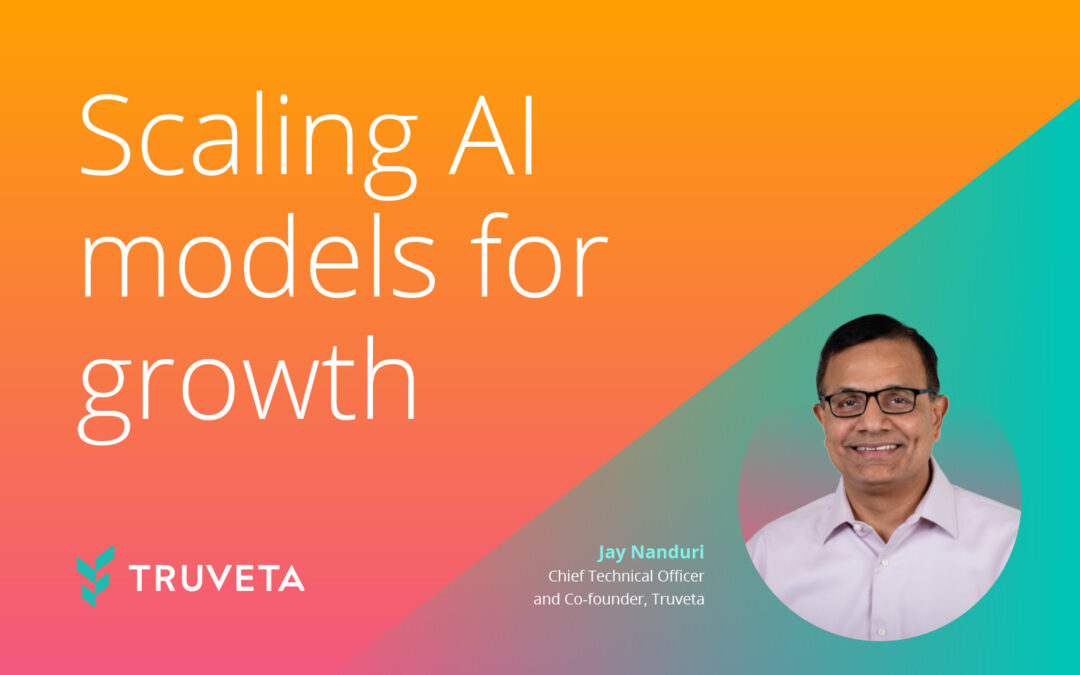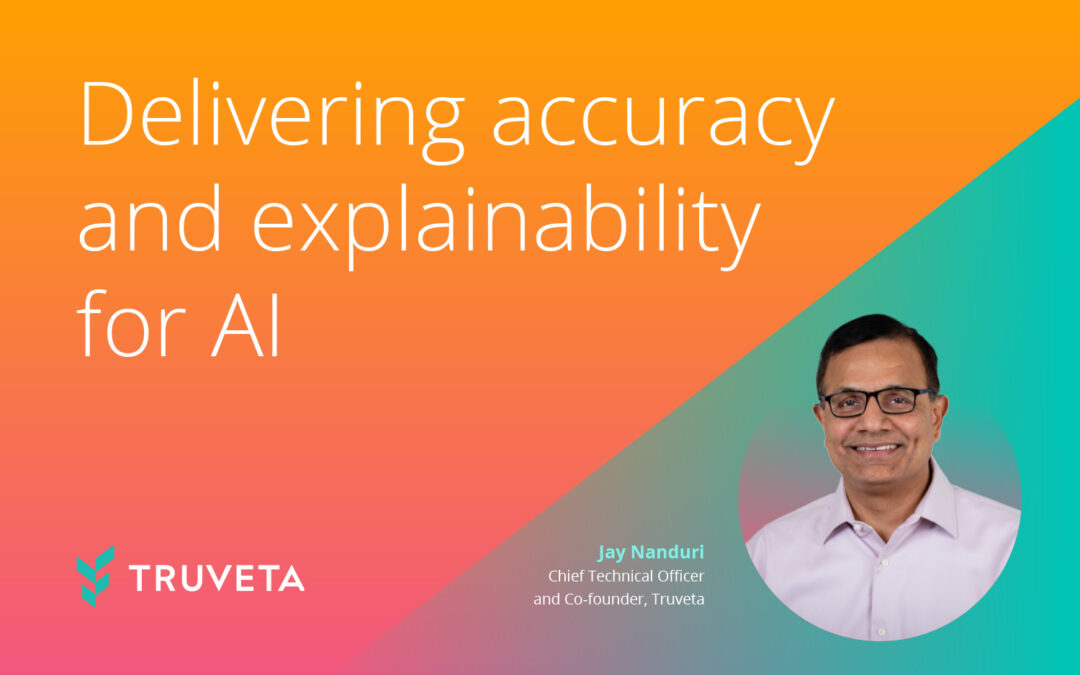Real world data is providing an exciting new source of information for breakthrough research. And Truveta is leading the way, with the most complete, timely, and highest quality data on U.S. health.
But working with real world data has its challenges — especially considering the unparalleled depth and diversity of the data we receive each day from our health system members.
Patient records are sent from a variety of systems, including several different EHRs, in multiple formats, often incorporating a wide variety of terminologies and medical codes. A heart attack in one record, for example, may be described as acute myocardial infarction or AMI in another. These inconsistencies can make it difficult to search data and identify meaningful trends and insights.
To address these challenges, the industry has typically relied on large teams, clinical informaticists and annotators to manually review and align medical records for consistency – a process known as normalization. More recently, commercial systems have been created to speed up the process but the rules that drive them are optimized for revenue collection, not clinical truth.
Truveta has taken a different approach, leveraging advanced, artificial-intelligence models to bring consistency and clinical accuracy across medical records – without sacrificing the massive speed and scale of delivery that is so valuable for research. At the same time, our medical-credentialed and experienced team of clinical informaticists continuously monitor, update, and evolve this system to maintain and improve accuracy.
Of course, consistency is just one element of data quality. We use over 500 metrics to also monitor completeness, validity and timeliness of each record that flows through our pipeline. These metrics are shared with our health system members to support ongoing improvements in data quality. And we share applicable metrics with researchers to provide them with deeper insights into the data they use for studies.
This reporting — and the innovative system that drives it — is setting a new standard for data quality in our industry. In doing so, it is moving real world data from a potential source of new insights to a trusted source that can meet the requirements of peer-reviewed published research and regulatory filings.
To learn more, download our recently published paper, Our Approach to Data Quality.

